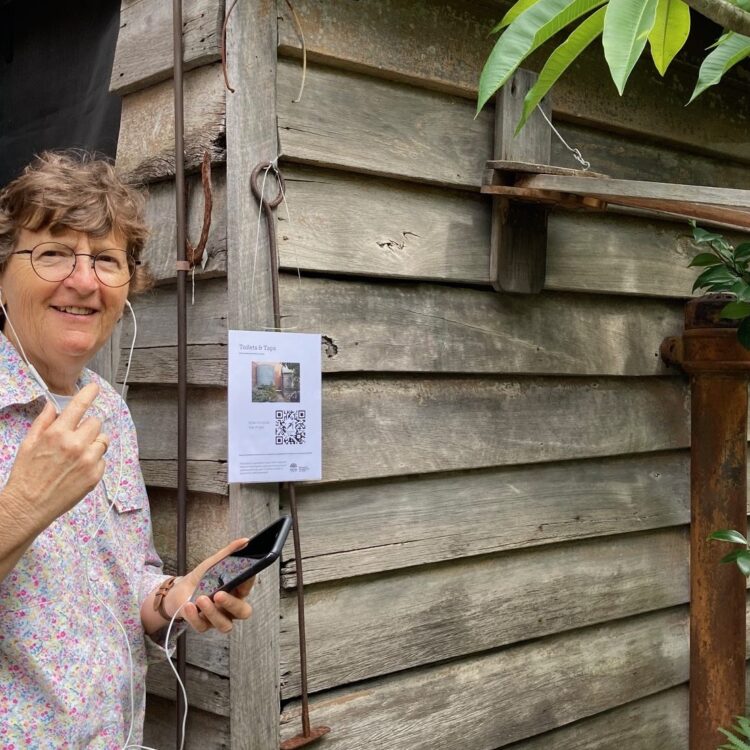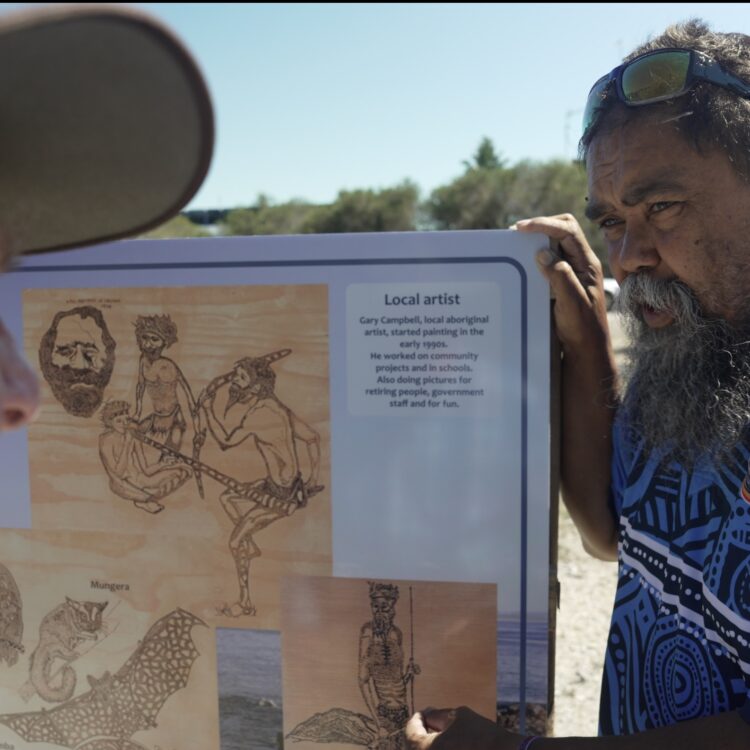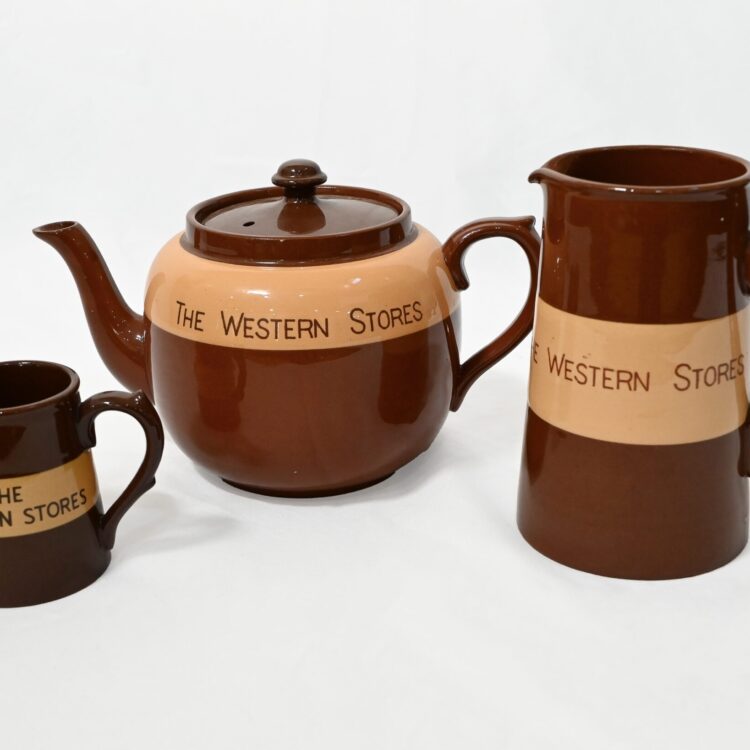Recently M&G talked with Aboriginal artist Tony Albert about his newly unveiled public monument YININMADMEYI Thou didst let fall adjacent to the Anzac Memorial in Hyde Park in Sydney. It contains a compelling message and one we think you’ll want to know about.
M&G: Over the last few years you have worked a lot with bullets. Architecturally they provide a striking form; as a symbol or motif they are distinctly masculine; and for some they conjure phallic associations. What does the bullet mean to you and which audiences are you appealing to?
TA: The bullet is a universal signifier of conflict, and so in that regard I think it is a powerful motif that people from all walks of life can understand. Having said that, this is a memorial for Aboriginal and Torres Strait Islander communities, who have spent many years fighting for recognition. To me they are metaphorical of human existence: before they are fired they are ‘live’, afterwards they become shells – as though they are lifeless.
M&G: You were instrumental in the Babana Mens group fundraising project where the bullet was used as a canvas for artists to decorate or reinterpret. Was the intention there to ‘disarm’ the bullet so to speak, or was the project a test run for YININMADMEYI Thou didst let fall allowing you to prototype the bullet as sculptural object?
TA: The project was instigated to support the Babana Mens Group, who were instrumental in the realisation of YININMADMEYI Thou didst let fall. They spent many years lobbying for recognition of Indigenous service personnel in the public domain and also established the Coloured Diggers March, which takes place in Redfern on ANZAC Day every year. I am proud member of the Babana Mens Group, and I have seen first hand the incredible work they do for the entire community.
M&G: The YININMADMEYI memorial says a lot about your grandfather’s World War II story and how he narrowly escaped execution at the hands of the Italians. The irony that they considered your grandfather a legitimate British subject when at home Aboriginal people were enduring systemic racism, could not have escaped you. In this way the work both commemorates the fallen and takes aim politically. Are dual messages and polar perspectives a part of the way you approach your art?
"The Babana Mens Group were instrumental in the realisation of YININMADMEYI. They spent many years lobbying for recognition of Indigenous service personnel in the public domain ..."
TA: The process of making art is often an introspective process and I spend a lot of time thinking about competing ideas. I wouldn’t say that I intentionally set out to present polar or dualistic narratives, but I would hope that they are evident in the final work. The conceptual layers in my work, often contradictory, are a manifestation of me coming to terms with the world I live in and the person I am.
M&G: You have also used the motif of the bull’s eye or the target to highlight the way the media and some parts of the community pillory young Aboriginal men. Your winning work for the 2014 National Aboriginal & Torres Strait Islander Art Award, We Can Be Heroes and the process behind it, says much about returning respect and pride to the image of Aboriginal men. Do you come from a personal place in working with such themes, or do you feel a responsibility as an Aboriginal man in the public eye to address some of these social issues?
TA: Both. All Aboriginal people wear the target. I challenge you to find an Aboriginal man who hasn’t been subjected to racism or police brutality – it is a systemic issue both here in Australia and overseas for all people of colour. So, yes, while We Can Be Heroes does stem from personal experience, I also feel that as an artist with a voice I have a responsibility to draw attention to this issue.
M&G: You have said that working communally at proppaNOW, the Brisbane based arts collective, had a positive influence on you and one which is suited to an Aboriginal way of thinking and living. Have you found the process of working on this large public commission with multiple stakeholders, rewarding in a similar way?
TA: Similar, but very different. There are so many stakeholders involved when working on a large scale commission, and they have all impacted my way of thinking about the work in different ways. Working with the national Indigenous community has been incredibly rewarding. I have met so many amazing people and heard so many incredible stories – the past two years has really galvanised the significance of this project for me.
"I challenge you to find an Aboriginal man who hasn't been subjected to racism or police brutality ..."
M&G: How did you decide on the exact positions of the bullets – was this something you tinkered with or was the placement instant and intuitive?
TA: Long before the tender came out for the memorial, I had already conceived this project as a sculpture, and had already resolved the placement of the bullets. When it came to the design phase of the projects, I worked closely with the architects and engineers to ensure they were placed correctly.
M&G: And lastly, can you tell us a bit about how the bullets for YININMADMEYI were fabricated and whether working at a large scale with industrial processes and materials came naturally or took you outside your comfort zone?
TA: I have worked on a number of large-scale art projects, but nothing like this before. It definitely took me out of my comfort zone in some respects, but I have to say that I had an incredible architectural firm working with me throughout the whole tender process. Cracknell Lonergan Architects were able to bring my idea to life, be it through 3D renderings, scaled models and architectural drawings. It made the process seamless and helped me visualize the final work.



